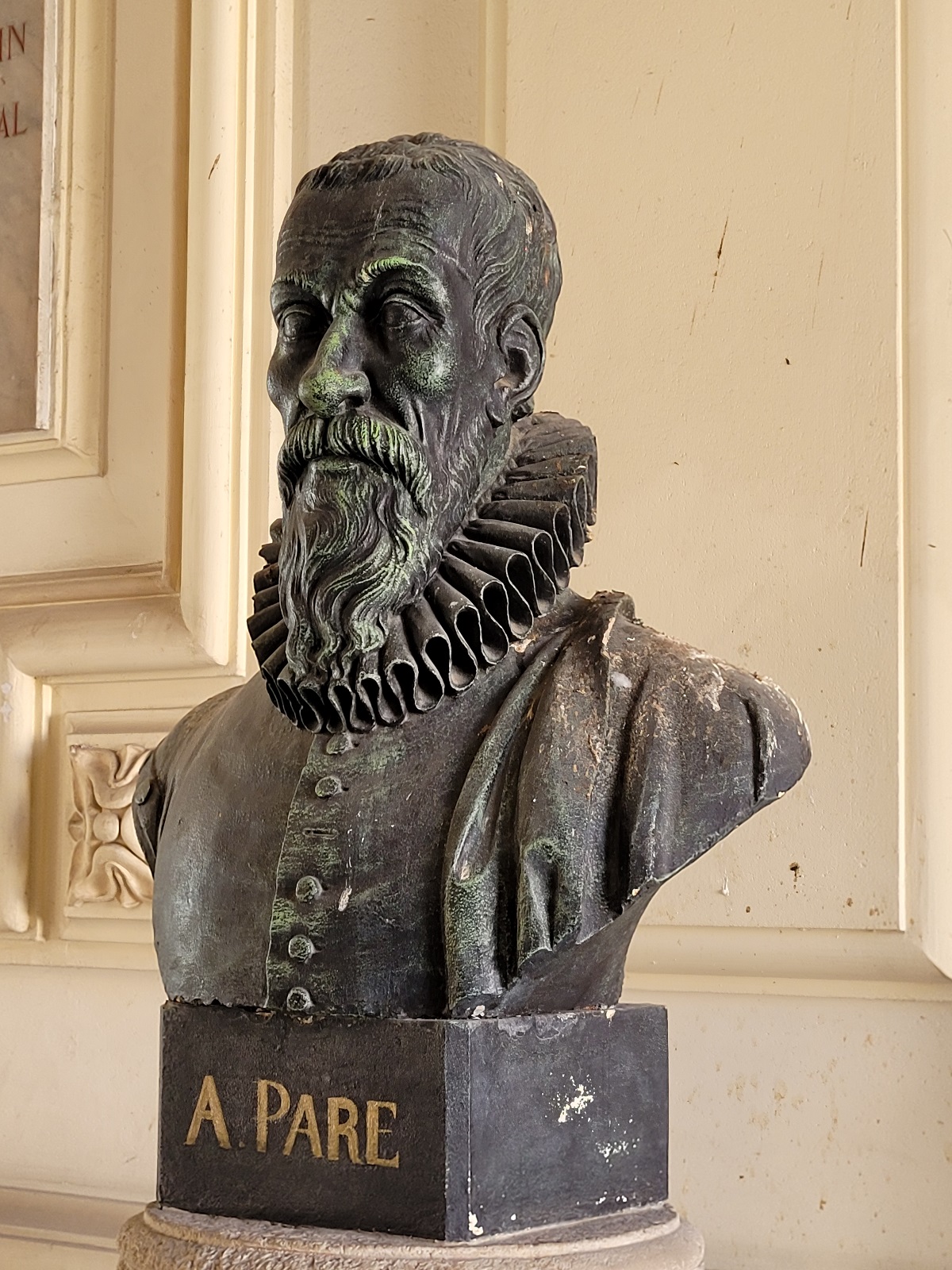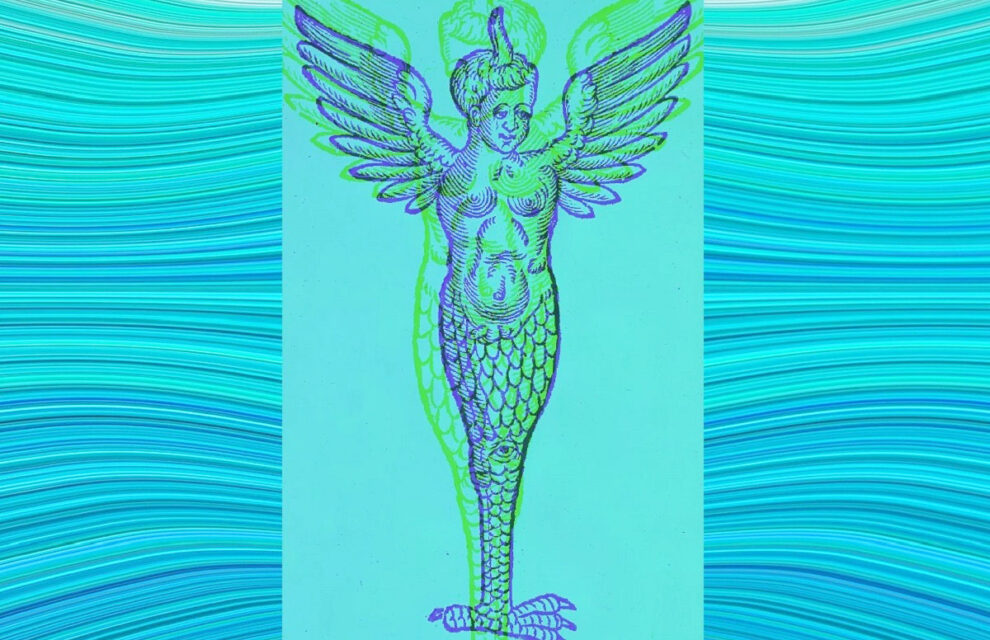Ambroise Paré, the 16th century medical practitioner, military surgeon, and royal surgeon to the French monarchy, has often been credited as the founder of modern surgery and forensic pathology. He has even been considered the person who first established the methodology for today’s evidence-based medicine, since he promoted empirical observation and scientific thinking.
Yet his most famous work, Des monstres et prodiges (Monsters and Wonders) combines his own clinical observations of battlefield surgery and genetic deformities with his uncritical retelling of age-old folk legends, and finally his fearful accounts of macabre hybrid crossbreeds – creatures combining the features of humans and pigs, and of lions and snakes. He even presents entities (how can I call them life forms?) with humanoid heads set upon the bodies and wings of bats and birds of prey. These entities go well beyond the bounds of Nature. They are from a parallel world, mimicking but deforming our own.
Paré explains that monsters exist for a variety of reasons, from the glory and wrath of God to the feverish work of the imagination, the effects of hereditary and accidental illnesses, the schemes and trickery of beggars in the street, and finally the work of demons and devils.
Des monstres et prodiges makes a peculiar and fascinating read. I say this as someone who has long been attracted to evidence-based medicine, and has studied it at Oxford University, where I also did a resident fellowship at the Centre for Evidence-Based Medicine. Paré’s monsters strike me as the back story of modern science!
Consider the Monster of Ravenna, in the feature image at the top of this blog. Often cited by authors during the 16th century, the hermaphrodite Monster of Ravenna has a single horn on its head, wings like an eagle, male and female genitals, a slender serpent-like waste tapering down to a single birdlike set of talons, and one large eye positioned above what appears to be a knee joint. Paré presents the sudden appearance of this monster as proof of the wrath of God, after the Battle of Ravenna of 1512, at which the French and Ferrarese eliminated the Papal and Spanish forces of the Holy League.

But if I come back to Anthony Burgess, the author of A Clockwork Orange, whom I quoted recently, to the effect that “Translation is not a matter of words only: it is a matter of making intelligible a whole culture”, then I wonder how words alone can make the culture of the Renaissance intelligible.
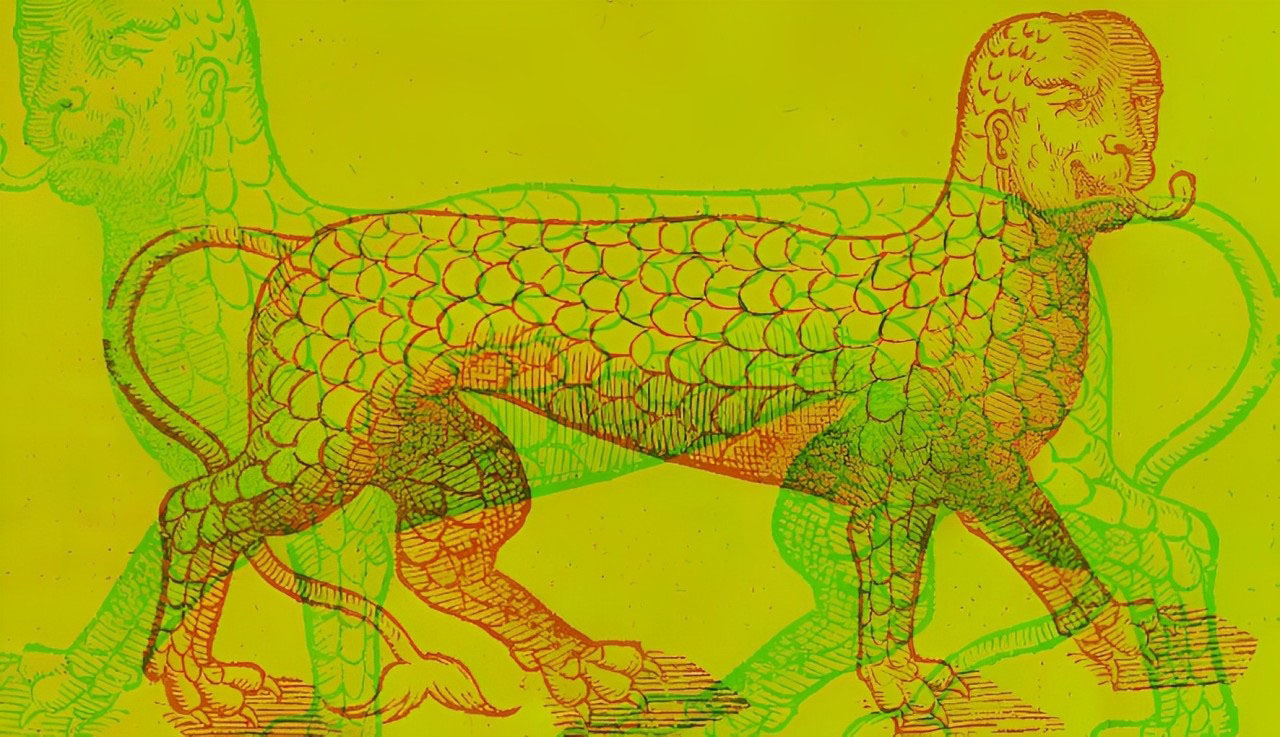
The Renaissance was a time when medical knowledge was making strides, with Andreas Vesalius revolutionizing anatomy, Ambroise Paré himself systematizing surgery, and William Harvey making astonishing discoveries about the circulation of blood and the function of the heart. Yet with rapid advances in knowledge came the thrill, the shock of discovery. And this was the thrill of the unknown.
Paré wanted to be read, but not just by scholars and experts: he wanted to reach a wider public. Is this why he combined his original medical discoveries, based on rigorous observation, with the monsters, demons and devils his readers yearned to read about, and above all to see in lurid woodcuts? He was clearly banking on his authority as surgeon to the kings of France. Did he himself truly believe that legions of demons and devils were continually gathering to wreak havoc on humanity? Did he really see the Monster of Ravenna as the tangible, inevitable consequence of human sin (as the monstrous progeny of a nun who had had prohibited sexual relations with a priest)? Did he believe in dragons, like in the woodcut below?
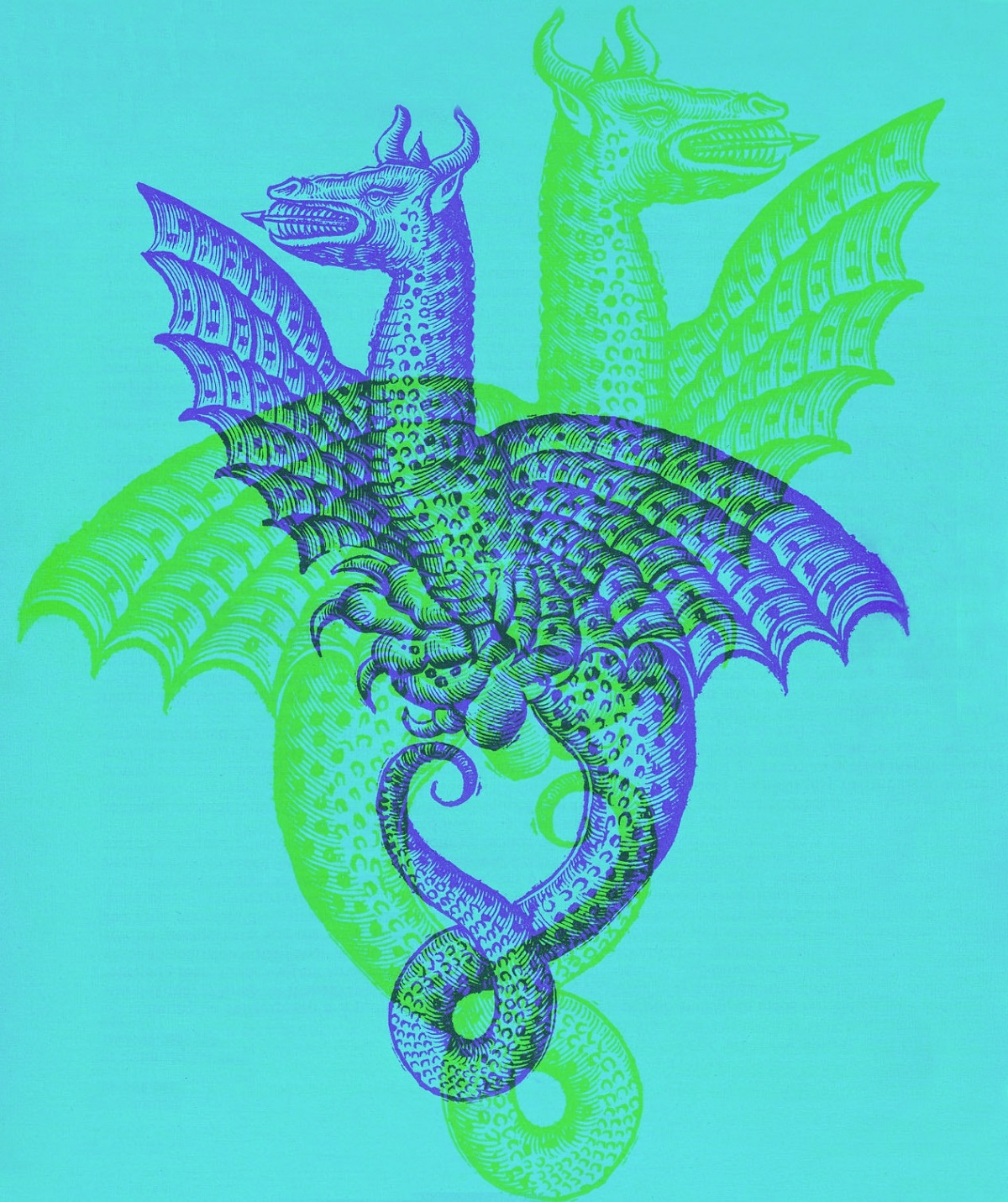
The Renaissance was a time of expanding geographical knowledge, with explorers reaching new continents and reporting on unfamiliar peoples and animals, some of which seemed unlikely if not impossible to European observers. In this expanding world, Europeans were fascinated by the novel, the dreadful and the bizarre. Fascinated, but also viscerally threatened. So much novelty created a lot of insecurity, as if human knowledge, motivated by pride, were surging beyond the boundaries of God’s wisdom, and were liable to push humans off the edge of the world.
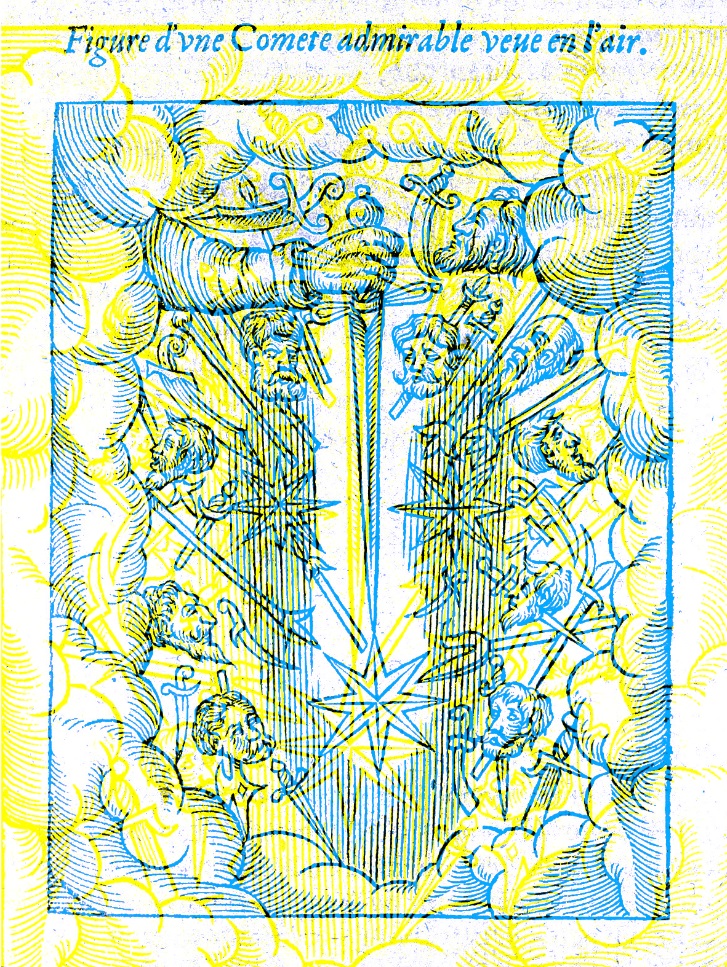
The early modern Scientific Revolution was a time of innovation but also of profound discomfort for many scholars: the Aristotelian-Ptolemaic view of the universe as spherical, static, perfectly ordered, closed, geocentric and finite was subject to attack, given the revolutionary new view of a universe at once wide open, boundless, full of irregular features, in constant motion and lacking any centre. The universe was a vast place in which anything could happen, and humanity no longer had pride of place as the master species created in the image of God.
Stirring just below the surface of this new knowledge were folk legends, myths and fears of disfigurement and death. Consider the following headless woman, about whom Paré claims to have heard a description from Jean Haultain, a direct eye-witness and Doctor Regent at the University of Paris:
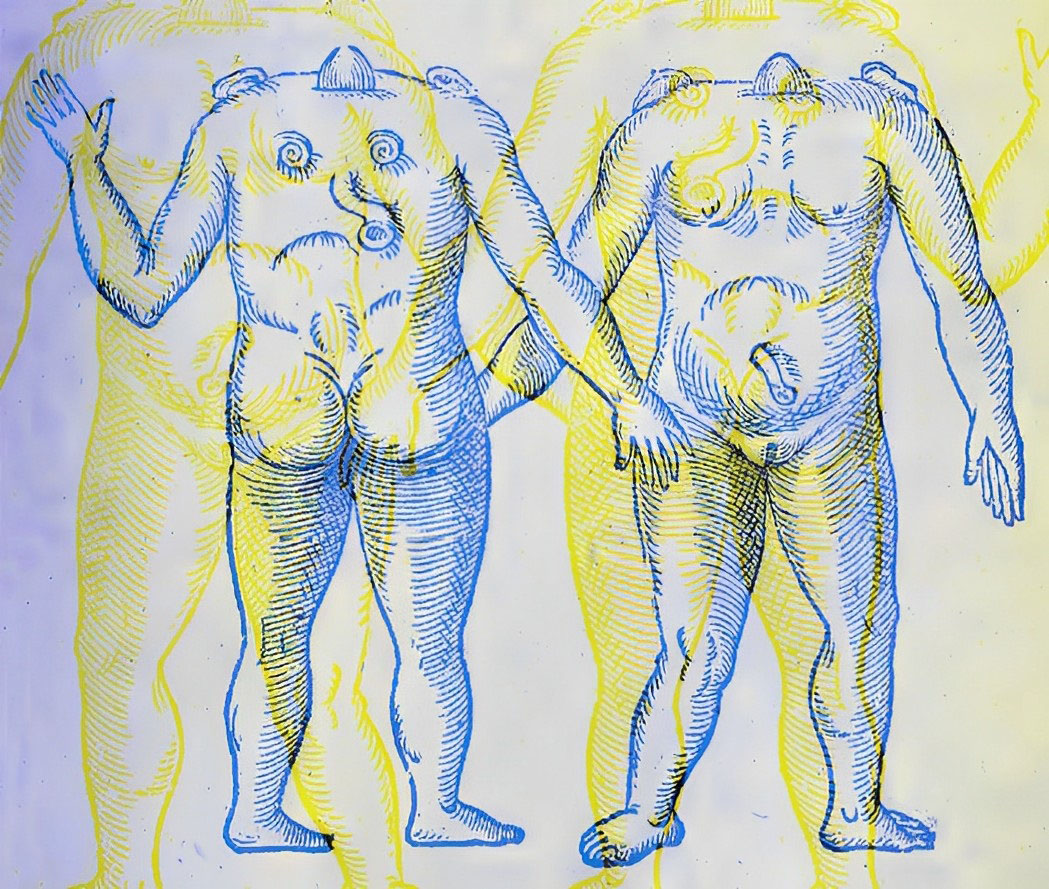
Again, Paré uncritically notes that Mena, a Byzantine governor of Egypt in late Antiquity, encountered tritons in the shallows of the Nile river:
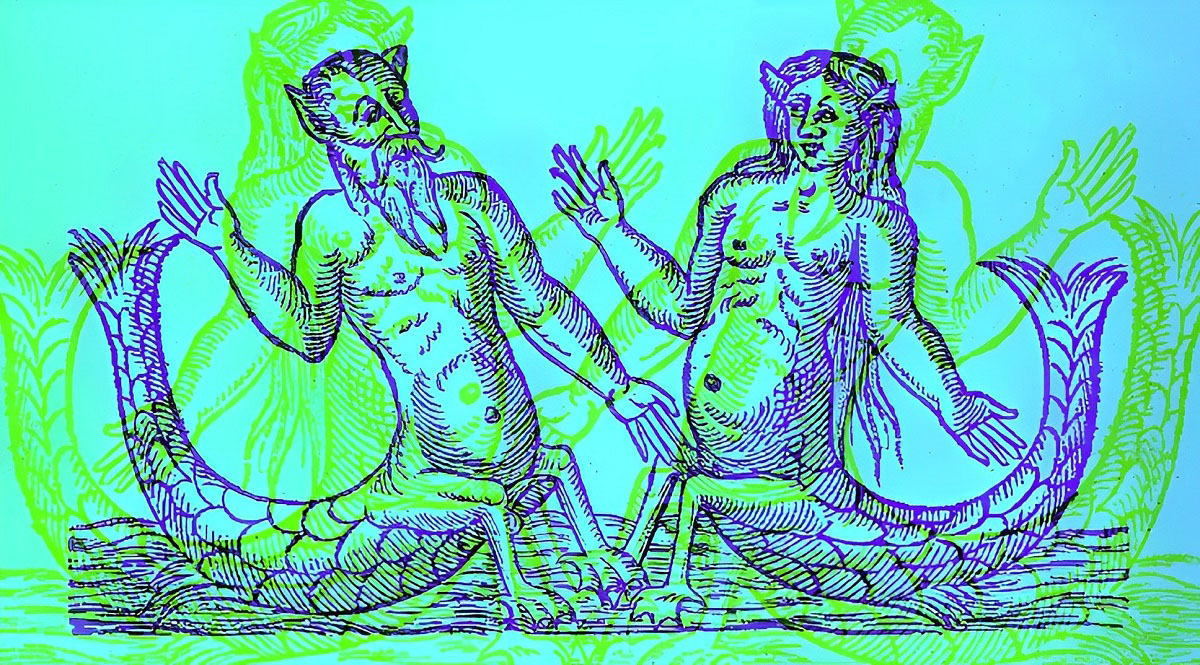
Consider this hideous sea devil, which Paré reports was encountered on the Adriatric Sea by sailors, who pitched stones at it, before it washed up dead in the shallows:
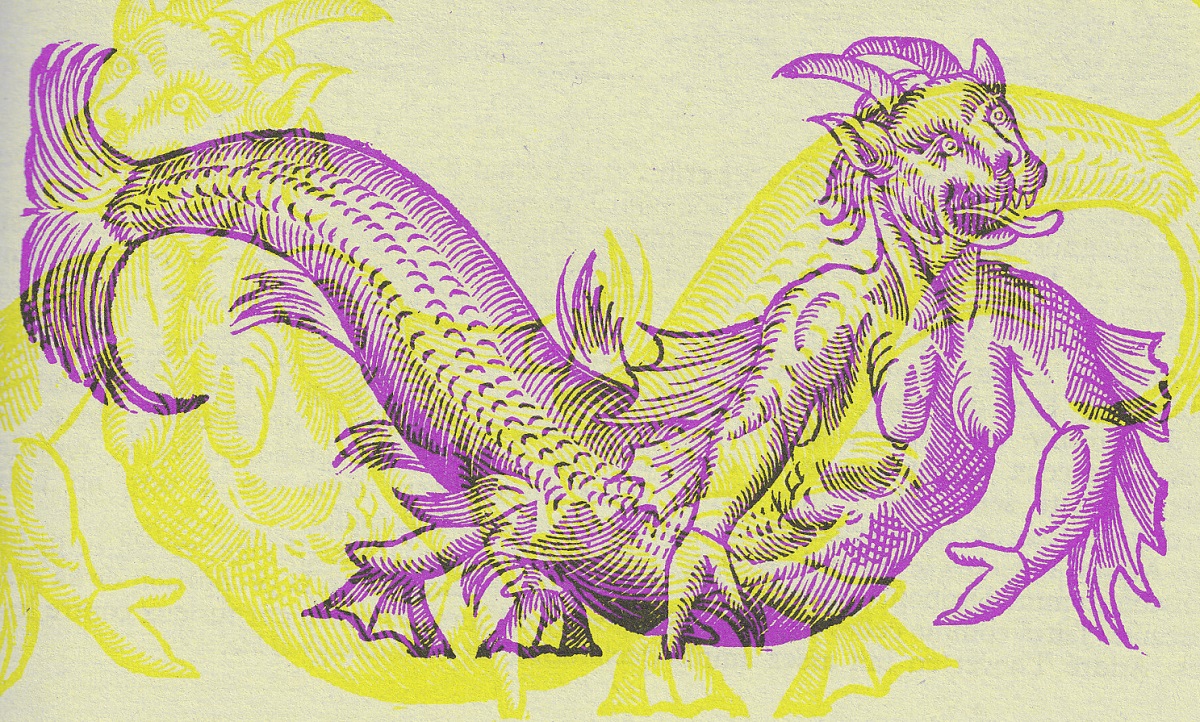
It is tempting for historians of medicine to single out what interests us today in the works of medical figures from long ago. This is how Ambroise Paré has come to be seen as a pioneer or precursor of evidence-based medicine. But this abstract approach zooms in on Paré’s battlefield surgery and clinical evidence because that is what makes sense to us today. And it is only too easy to sweep aside the astonishing, fantastic, imaginary, improbable and simply impossible in his works.
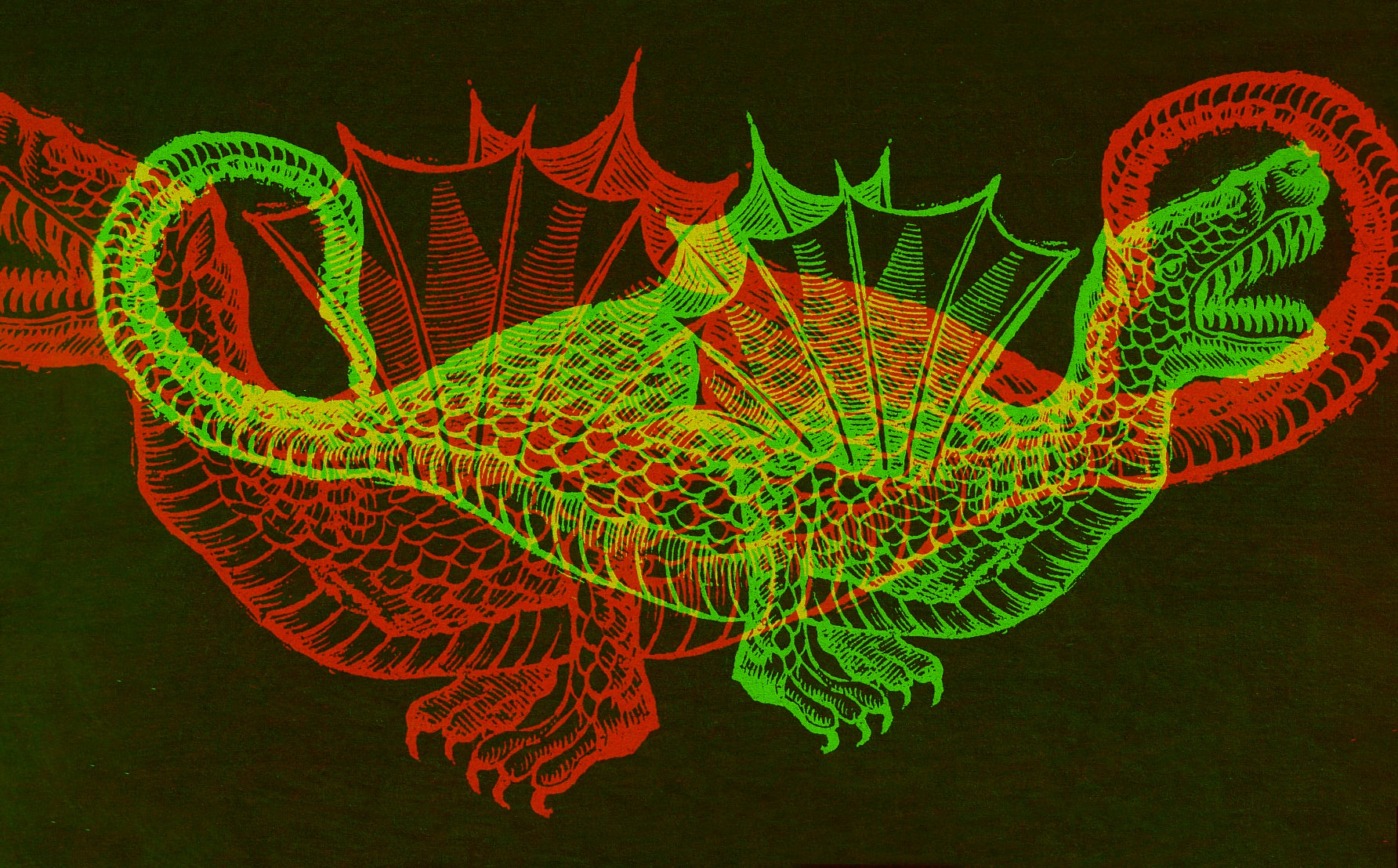
A wide range of figures during the Scientific Revolution combined the esoteric with what we today consider to be scientific. Quite apart from Ambroise Paré, think of William Harvey, who associated the heart with the sovereignty of God and the Sun of Creation. He says of the heart that “This organ deserves to be styled the starting point of life and the sun of our microcosm just as much as the sun deserves to be styled the heart of the world. For it is by the heart’s vigorous beat that the blood is moved, perfected, activated, and protected from injury and coagulation. The heart is the tutelary deity of the body, the basis of life, the source of all things, carrying out its function of nourishing, warming, and activating body as a whole.”
Or again, Thomas Napier, who invented logarithms as a way of penetrating the mystery of St. John’s apocalyptic calculations in the New Testament; or Sir Isaac Newton, who wrote extensively about the language of prophecy as well as about the Apocalypse itself; like many of his contemporaries, he sought to determine the place of his age in the course of events preordained by God, and thus to evaluate when the Last Things would come upon the world. He did his best to reconcile the chronology of the Bible with Homer’s epic poems The Iliad and The Odyssey.
The back story of modern science…
